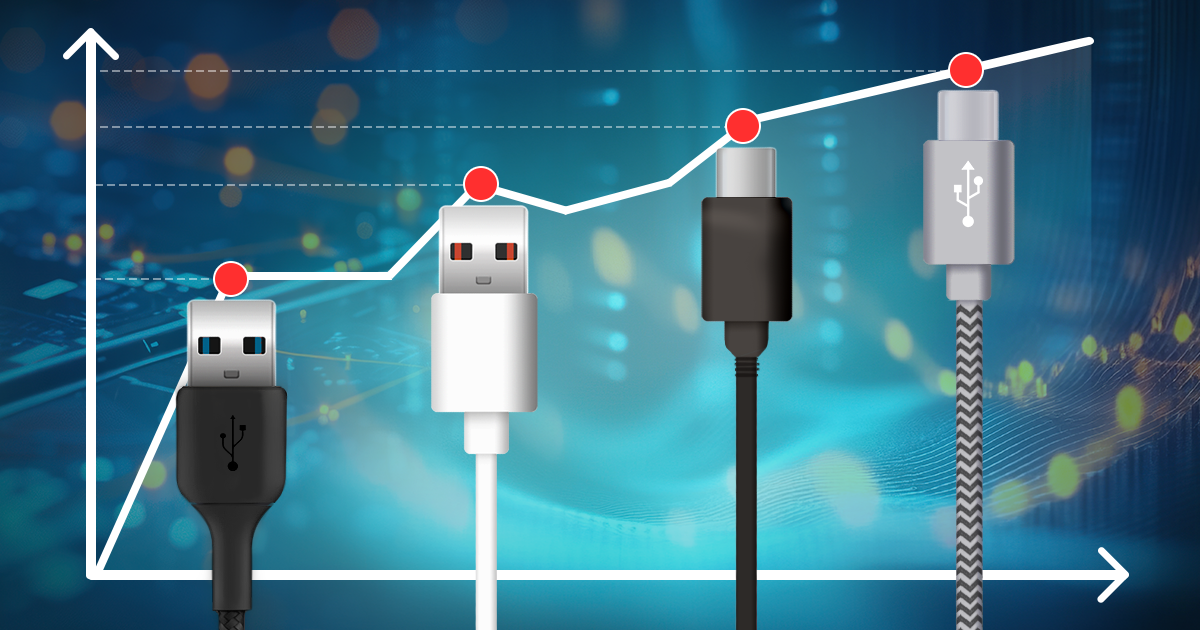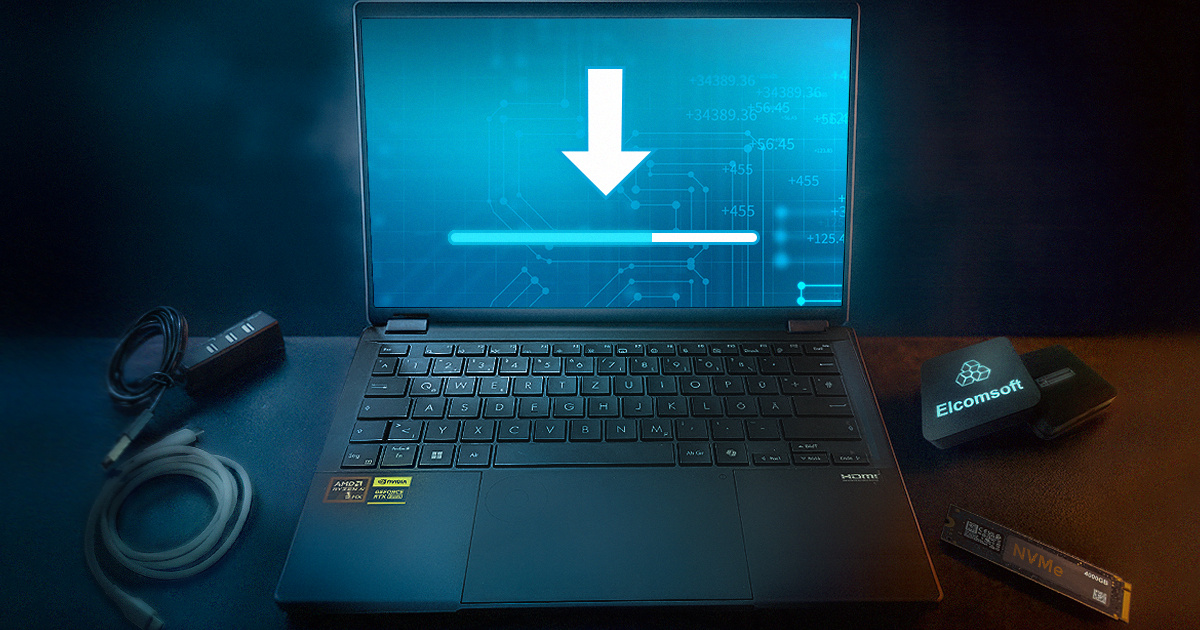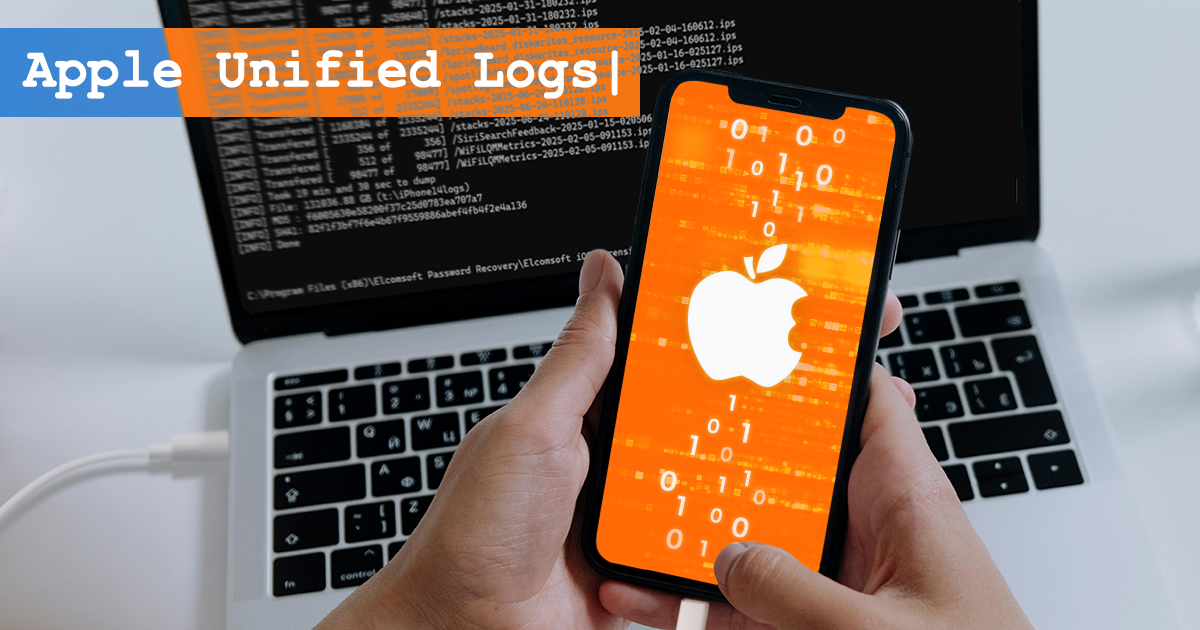2FA, Bing search history, BitLocker, BitLocker recovery key, EDPR, Elcomsoft Distributed Password Recovery, Elcomsoft Phone Viewer, Elcomsoft System Recovery, EPV, ESR, Find My Device, Microsoft Account, Microsoft OneDrive, Skype, Two-Factor Authentication, Windows 10, Windows 10 Mobile
Dear friends, here we come with a set of novelties from our ElcomShop. We’ve made a few new designs and added new fancy products, such as long sleeve shirts for girls and baseball caps for boys and separately for dads 🙂 and mugs for everyone. All company designs applied to a wide and varied range of products can be found in our shop window.
It is our greatest pleasure to recommend the newest edition of “Hacking For Dummies” by Kevin Beaver, an independent IT security consultant, a practical guide on computer and mobile security updated to the current state of industry. With a natural talent of word Kevin easily guides you through security issues in a very clear and consistent manner, so that all major aspects of IT security, authentication and pen-testing are covered. With such a harmonious and sequential unveiling of security subjects as in this book, it is much easier to dig deeper into particular questions of your own interest.
While here at ElcomSoft we offer a limited range of tools for acquiring Android devices that’s pretty much limited to over-the-air acquisition, we are still often approached with questions when one should use cloud extraction, and when other acquisition methods should be used. In this article, we decided to sum up our experience in acquiring the various Android devices, explaining why we decided to go for a cloud acquisition tool instead of implementing the many physical and logical extraction methods. This article is a general summary of available acquisition methods for the various makes, models, chipsets and OS versions of Android smartphones. The article is not intended to be a technical guide; instead, it’s supposed to give you a heads-up on approaching Android acquisition.
As we all know, Google collects and processes an awful lot of data about pretty much everyone who is using the company’s cloud services or owns a smartphone running the Android OS (or, to be precise, is using a device with Google Mobile Services). Just how much data is available was described in our previous article, What Google Knows about You, and Why It Matters. Today, we’ll discuss something slightly different. Meet Google Timeline, a relatively new feature extending the company’s Maps service.
In today’s thoroughly connected world, everyone shares at least some of their personal information with, well, strangers. Voluntarily or not, people using personal computers or mobile devices have some of their information transmitted to, processed, stored and used by multiple online service providers.
With hardware-backed full-disk encryption and additional protection of sensitive user data located in the keychain, Apple iOS is the most secure mobile operating system out there. Acquisition approaches that are traditional for Android and Windows Phone devices (namely, JTAG, ISP and chip-off) are completely meaningless for iOS devices running even years-old generations of the system. Bypassing screen lock password (passcode) has also been long considered to be useless due to the fact user data stored in the keychain is additionally encrypted with a secure key based on the passcode.
If you follow industry news, you already know about the release of iOS 9. You may also know that iOS 9 is the toughest one to break, with no jailbreak available now or in foreseeable future. With no jailbreak and no physical acquisition available for newer devices, what methods can you still use to obtain evidence from passcode-locked devices? Our answer to this is Elcomsoft Phone Breaker 5.0 that adds over-the-air acquisition support for iOS 9.
Although we’ve already embraced the EFS-encryption/decryption in some of our white papers and case studies, now we’d like to share a video tutorial because seeing once is better than hearing reading twice. So, in this video you will see how to decrypt EFS-encrypted data with help of Advanced EFS Data Recovery and how to recover Windows user account password with Proactive System Password Recovery (because it’s still obligatory for this type of encryption).
With all the trouble of jailbreaking iOS 8 devices and the lack of support for 64-bit hardware, does iOS physical acquisition still present meaningful benefits to the investigator? Is it still worth your time and effort attempting to acquire that iPhone via a Lightning cord?


